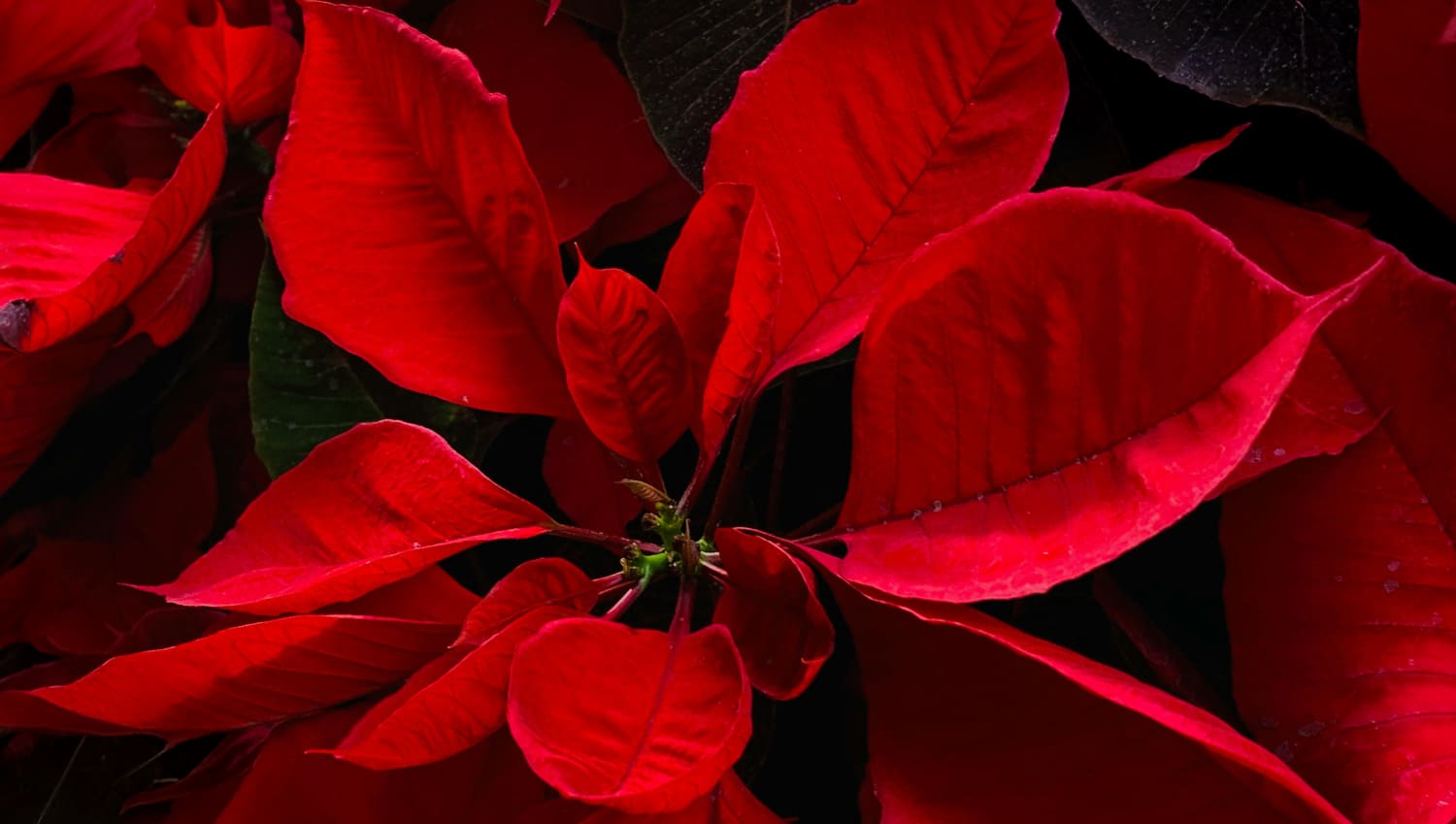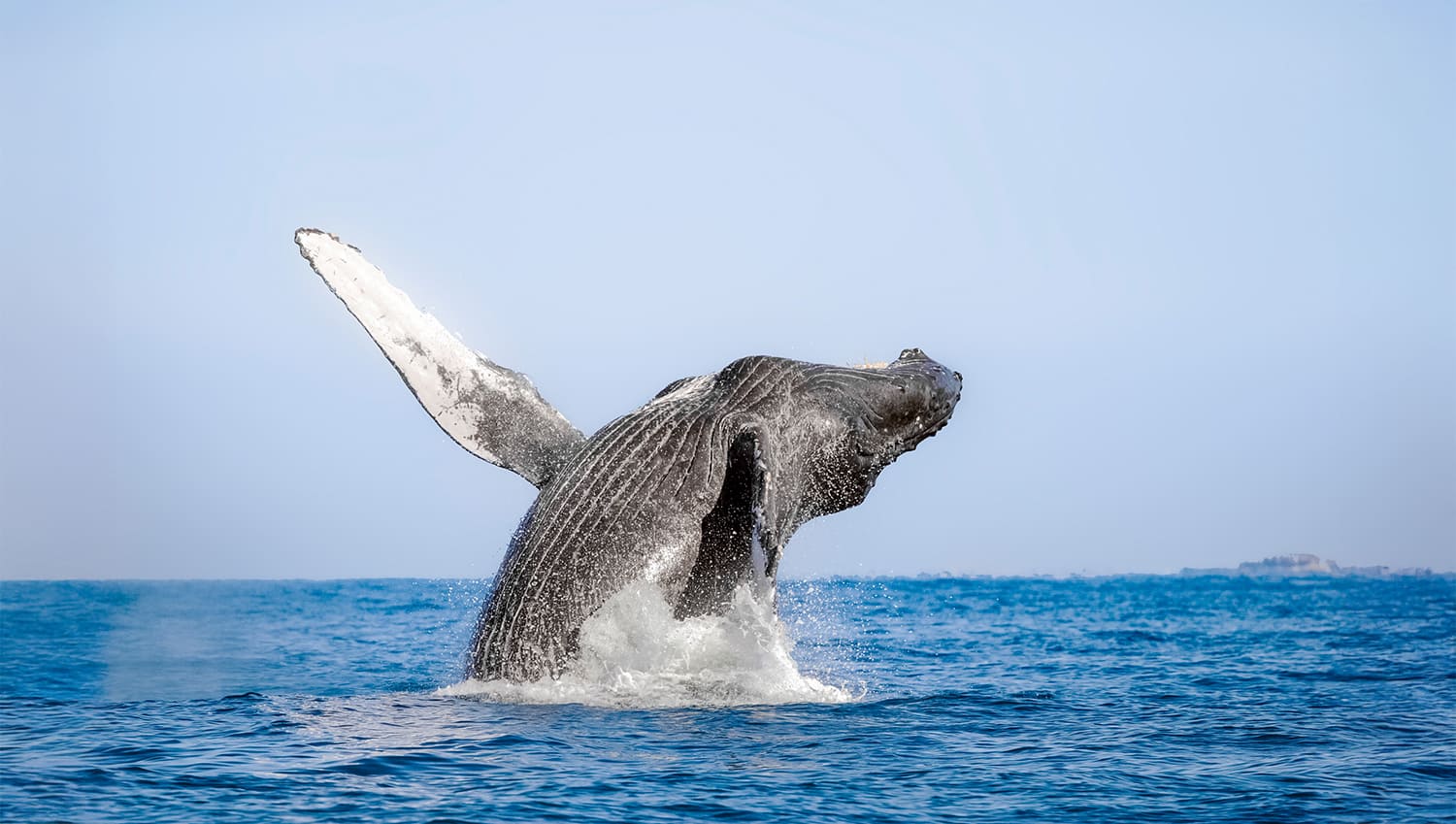Nayarit is a place deeply influenced by the traditions and customs of the rich and vibrant Wixárika culture (also known as Huichol). One of its spiritual and artistic treasures is the Eye of God, an emblem that not only represents the essence of an ancient tradition but also captures the imagination and hearts of those who encounter its beauty and depth.
The Eye of God, also known as Sikuli or Tzicuri, is more than just a decorative object; it is a spiritual window that offers the ability to see and understand what the human eye cannot.
Meticulously woven with vibrant colored threads over a wooden cross, each color in the Eye of God has a sacred and profound meaning: blue represents the sky and purity, while red symbolizes strength and the heart. This symbol is woven with the intention of protection and healing, becoming a talisman of power and spiritual connection.
This important symbol is not only appreciated in the daily life of the Wixárika community but has also become a central element of the Bahía de Banderas coat of arms, reflecting the natural elements of fire, air, water, and earth that characterize the region.
Beyond its spiritual significance, the Eye of God has transcended borders, gaining worldwide recognition. By acquiring a piece, you not only obtain a unique work of art but also contribute to the preservation of a rich cultural tradition. In Nayarit, you can find this craft in various sizes and colors in specialized stores and street stalls, allowing you to take with you a piece of this mystical culture.
A tour of the Sierra del Nayar, the Aguamilpa dam, and the Anaki islet will allow you to closely understand the origins, history, customs, clothing, cuisine, and crafts of the Wixárika.



